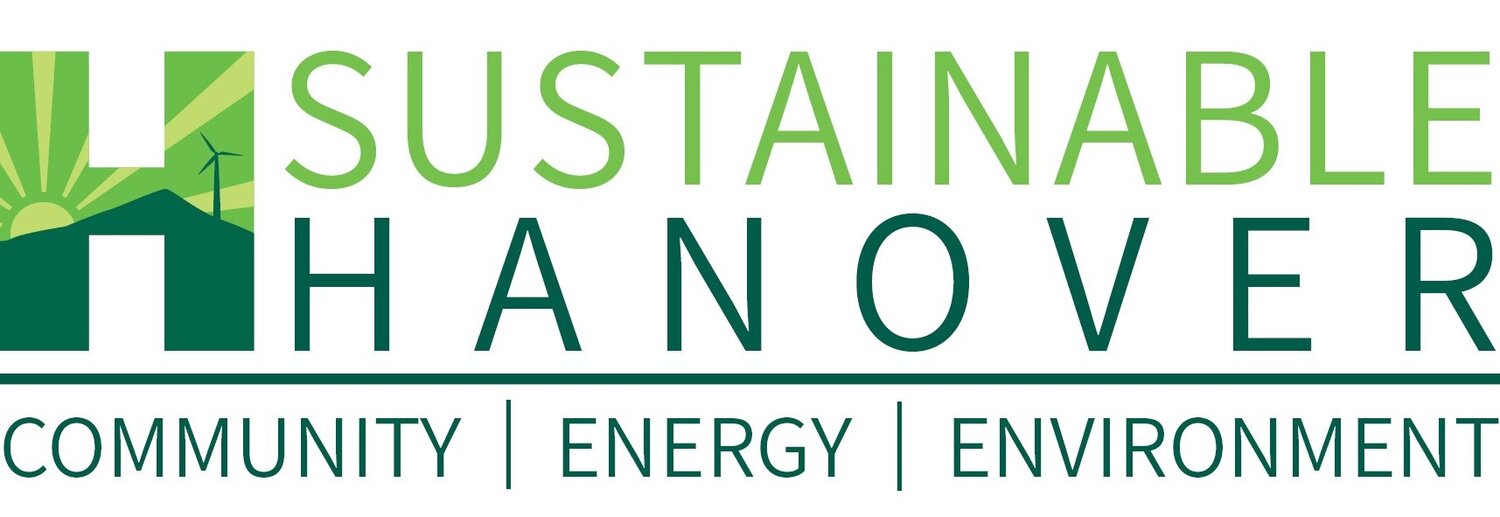WHO KNEW How Important Our Native Insects are to a Healthy Environment?
Pollination, the sex act for flowering plants is a bit complicated. Roughly 90% of flowering plants need animals for pollination. While flowers have both a male organ (anthers where pollen is stored) and a female organ (stigma, with ovary found down a tube), for many plants that isn’t enough to get the two parts together—the plant needs a helper to do the fertilization job. As a reward, the plant provides the pollinator with energy-rich sweet nectar. The pollen, rich in protein, is used by some bees as food or in ‘bee bread’ to nourish their larvae.
Red Trillium, also known as ‘Stinking Benjamin, smells like rotting meat since it requires pollination by a special fly that eats carrion. For some plants, birds help out. An example is the cardinal flower with red petals and a very deep nectar tube. Hummingbirds, who prefer red flowers, are one of its pollinators. Other animals that are known pollinators include monkeys, lemurs, possums, rodents, and lizards.
Many of some 4000 species of native bees in North America (200 in NH) specialize in one or a few native plant species in a relationship called ‘mutualism’. Clever adaptations that permit bees to capture and carry pollen include electrostatic hairs for pickup, leg sacs for transport, or special behavior such as “buzz pollination” for squash plants. By visiting multiple plants of one species, they provide cross-pollination to create healthy plants in the future.
Pollinating insects need nesting sites as well as lots of blossoms—niches such as leaf litter, dead branches, holes in rotting trees, hollow stems, and bits of bare soil for bees that nest in tunnels.
Some native plants are better than others for the health of pollinators. The nectar of bee-balm, for example, supplies chemicals that fight insect diseases. Good pollinator plants are usually not fussy about soil or water and have a long season for blossoms. Thus, pollinator gardens are easy to care for, rewardingly showy as well as ecologically beneficial.
To see a useful plant list for a starter pollinator garden, see the “Think Like a Pollinator” handout on the Town Biodiversity Committee website where suggested plants are grouped by the season when they flower. You’ll find seed sources for pollinator plants in part four of the “Pollinator”section of Hanover’s Biodiversity webpages.
And, by all means avoid use of certain toxic chemicals - more on this in next week’s WHO KNEW?
